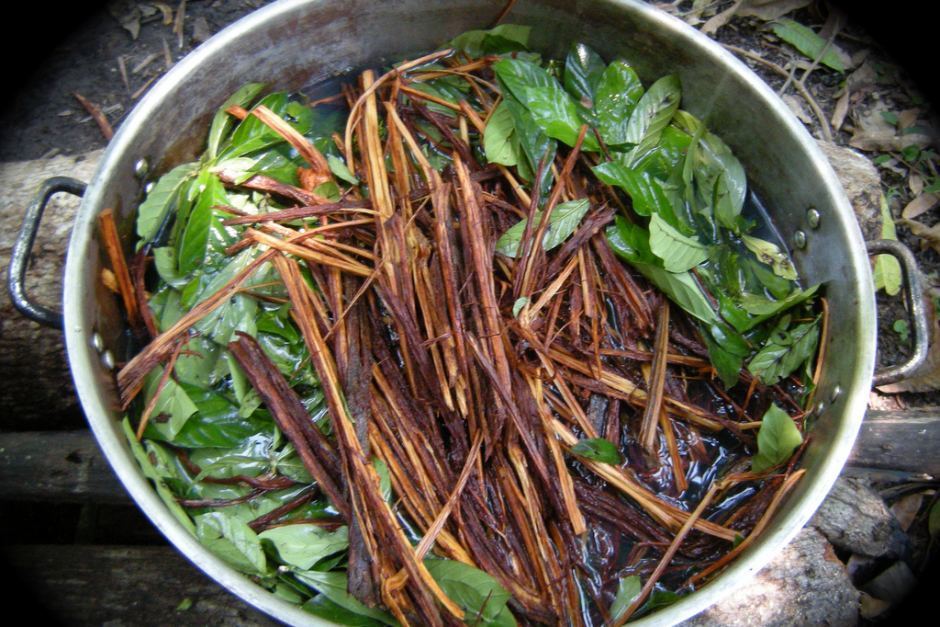When 23-year-old Matheus dos Reis Lima started looking for a vacation spot two years ago, he decided he would bring home something more than just pictures. This time, he was looking for a transformative experience, from which he could achieve a deep connection with himself. Soon after, he embarked on a nine-day trip to Alto do Paraíso, in the Center-West state of Goiás, to take part in a shamanic ritual.
Mr. Lima’s trip is an example of a whole new trend that has gained traction in Brazil, that of “shamanic tourism.” People are increasingly looking for exclusive, unique, and meaningful experiences for their vacations. In this case, when hipsterism meets indigenous culture, the sky is the limit for the industry of selling “experiences.”
Shamanism is a ritualistic practice, common in indigenous cultures around the world. During ceremonies, people try to connect with nature and themselves in a sacred way, using music, dancing, smoking herbs, and ingesting natural psychedelic substances. Experts heard by magazine Superinteressante consider it to be a sort of primitive form of religion, that has influenced many faiths, such as Catholicism, Spiritism, and Buddhism.
To reach altered states of consciousness, shamanic rituals rely on different substances depending on the culture. In South America, many indigenous peoples drink a tea called “ayahuasca,” a beverage prepared with Amazonian plants cipó-mariri and chacrona.
The beverage contains dimethyltryptamine (DMT), a hallucinogenic substance classified as a schedule I substance in the U.S., alongside cannabis, LSD, and heroin, according to the U.S. Drug Enforcement Administration.
This...


 Search
Search






































